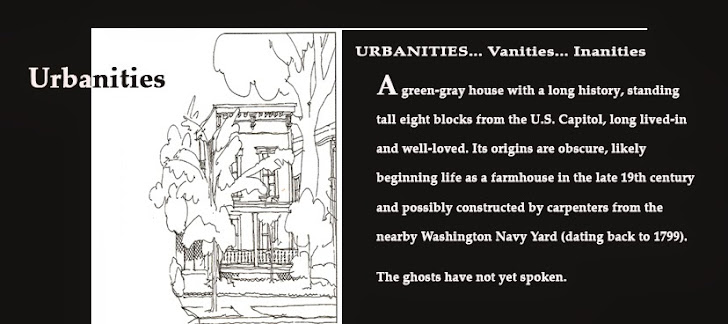Surprise! Urbanists are no longer defined only as 'city planners' - though plenty of people have known this for a while, anyone who cares about civilization and its discontents especially in cities. The New York Times' architecture critic, Michael Kimmelman, this past Sunday (10/30/16) devoted his column to a short summary of a recent gathering in Ecuador of Habitat, a UN 'global cities summit meeting' that convenes only once every 20 years. That is hardly believable given that the world's populations are ever more steadily moving from rural to urban areas (habitat). Who even blinks an eye anymore reading about 'millions upon millions' living in major capitals. Kimmelman is positive overall, noting how at least young and idealistic movers and shakers are creating a "generational shift" - even "a worldwide sea change" - when it comes to improving attitudes towards city living. This has happened over the past 40 years, he says. Cities "are being recognized increasingly as opportunities for economic and social progress, density as a response to environmental threats; the automobile as a big problem, " etc. (He overlooks the plight of poor towns in the so-called American rust belt; maybe they aren't the 'cities' he means and maybe there is even hope for them in years to come...And he isn't blind to problems of cities in many countries, especially in the developing world, led by "older leaders.")
Aha: the millennials strike again! He credits the energy of leaders in many municipalities, as opposed to "federal authorities."
Nice to think so. At least to read some encouraging news and views.
-----------
All of which begs the question: what is urban (city) and what is rural (country? small town?) anymore?
The issue arises post-November '16 election, with the Electoral College giving what appears to be unbalanced power to so-called rural areas/communities. And that has to do with how people identify themselves. A person can feel like a big city person living in a small town and have little in common with residents in outlying areas (farmers, etc., if they exist). States with just 17 percent of the American population theoretically can elect a Senate and House majority - according to the New York Times' report on November 21/16. Rural voters put Trump into the presidency. It's a confusing time - and a confusing identity. The Times refers to a 'rural bias' in our democratic electoral process. What does that mean? Does it have to do with the diminishing power of so-called mainstream media's fact-checkers - the relative power of offbeat radio and TV not inclined to fact check much of anything?
Aha: the millennials strike again! He credits the energy of leaders in many municipalities, as opposed to "federal authorities."
Nice to think so. At least to read some encouraging news and views.
-----------
All of which begs the question: what is urban (city) and what is rural (country? small town?) anymore?
The issue arises post-November '16 election, with the Electoral College giving what appears to be unbalanced power to so-called rural areas/communities. And that has to do with how people identify themselves. A person can feel like a big city person living in a small town and have little in common with residents in outlying areas (farmers, etc., if they exist). States with just 17 percent of the American population theoretically can elect a Senate and House majority - according to the New York Times' report on November 21/16. Rural voters put Trump into the presidency. It's a confusing time - and a confusing identity. The Times refers to a 'rural bias' in our democratic electoral process. What does that mean? Does it have to do with the diminishing power of so-called mainstream media's fact-checkers - the relative power of offbeat radio and TV not inclined to fact check much of anything?
